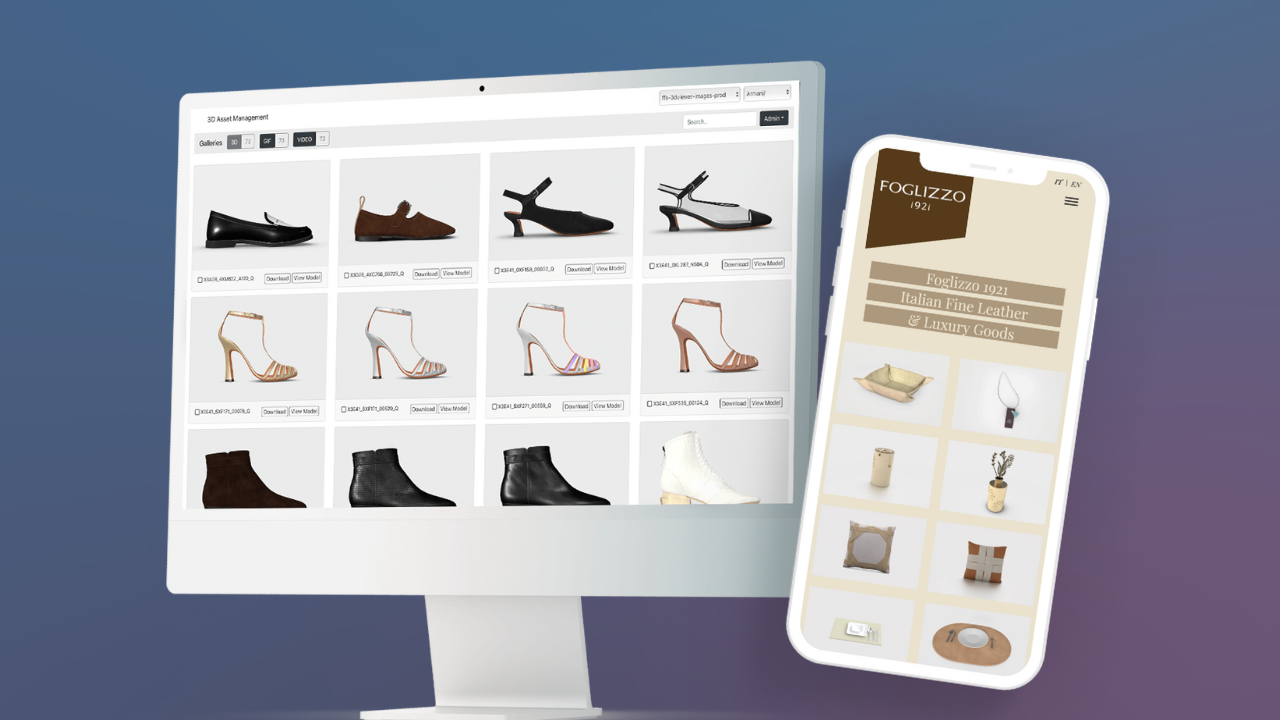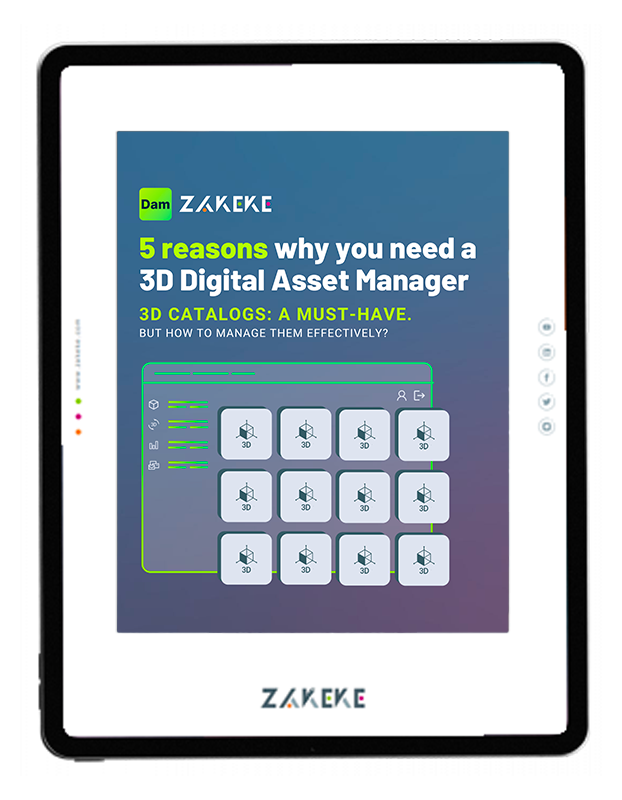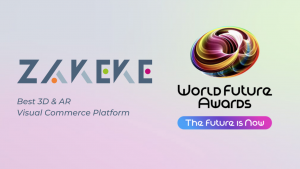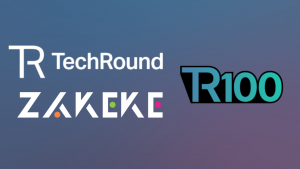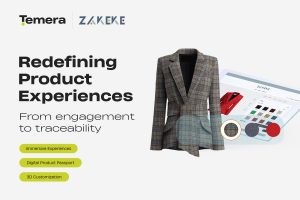You’re on the brink of launching the most groundbreaking marketing campaign ever. Your strategy? Bulletproof. Your creativity? Off the charts. There’s just one snag: the show-stopping shot of your product bathing in the perfect sunset light is MIA, lost in the chaotic abyss of poorly named files and errant folders. This digital disorder is where many brilliant marketing ideas go to die prematurely.
Enter digital asset management (DAM) tools. These are the quintessential saviors for any marketer tired of playing digital archaeologist. Wondering how? Stick around as we dive into how a DAM system can revolutionize your workflow, maximize your resources, and transform great marketing into the stuff of legend.
What is DAM and Why Do You Need It?
Digital asset management (DAM) isn’t just a fancy term for a glorified digital closet where your brand’s assets gather dust. It’s much more than that. It’s a meticulously organized, highly efficient library where every asset, from the humble JPEG to the high-stakes promotional video, is cataloged, controlled, and ready for action at a moment’s notice.
“But we already use shared folders and drives,” you might argue, clinging to your primitive tools. But can your shared drives cleverly organize content with metadata tagging, safeguard versions, offer precise role-based access, or enable seamless in-app collaboration? Didn’t think so. Let’s peel back the layers of this digital enigma and discover why you’re just one DAM away from marketing storage nirvana.
The DAM Difference
With DAM, you’re not just organizing files—you’re supercharging your entire marketing engine. Here’s how:
Speeding Up Processes
Remember the agonizing waits as files loaded at a glacial pace or the epic quests to unearth that elusive logo? Today’s DAMs sport search capabilities and metadata functionalities that transform these frustrating quests into mere seconds of work. They allow for swift access to the exact version of the asset you need, rocketing your campaign’s time to market into hyperdrive.
Reducing Redundancy
Duplication is not just wasteful. It’s also exasperating. DAM slashes through the redundancy riddle by keeping a single, up-to-date version of each asset. This means no more multiple versions of the same file floating around, causing confusion and clogging up your digital space. Instead, your assets are streamlined and simplified, just like your processes.
Enforcing Consistency
Nothing screams “amateur hour” louder than inconsistent branding. It’s an unforgivable faux pas in the marketing world. DAM keeps your brand decked out in its “finest gear” consistently across all channels by ensuring that everyone—from the marketing intern to the creative director—pulls from the same set of up-to-date, approved assets.
This vigilance shields your marketing materials from outdated logos or off-palette colors sneaking into your campaign, thereby preserving the sanctity of your brand’s identity.
Strengthening Security
With sophisticated permission settings and access controls, DAM protects your assets from digital pillagers and internal mishaps alike. It gives you the assurance that your brand’s assets are not just organized and accessible but also secure under lock, key, and digital moat.
In addition to traditional security measures, such as access controls, it’s essential to safeguard your digital assets from threats like email phishing attacks. Implementing Domain-based Message Authentication, Reporting, and Conformance (DMARC) protocols alongside other email authentication methods can provide an extra layer of defense against unauthorized access to sensitive materials. DMARC record helps ensure that emails claiming to be from your domain are legitimate, reducing the risk of phishing attempts that could compromise your assets via email.
Supercharging Collaboration
Before the advent of DAM, “collaboration” was just a fancy word for email overload, misplaced files, and nerve-wracking chaos. DAM ushers in a new dawn where creative minds can converge effortlessly in a digital space that fosters creativity while maintaining order.
Here, designers, marketers, e-commerce managers, and content creators can collectively breathe life into a campaign without stepping on each other’s digital toes. Feedback loops are tighter, approval processes are streamlined, and creative synergy is no longer just a pipe dream but a daily reality.
Facilitating Scalability
Most DAM tools are built to grow as you do. They’re like the elastic waistband of your marketing toolkit, expanding comfortably to accommodate your burgeoning asset library.
This scalability means your creative cache can balloon with new campaigns without a hint of a system meltdown. So whether you’re taking over new turf, beefing up your product lineup, or turbocharging your promotional firestorm, rely on DAM to be the stretchy, indestructible asset fortress you need to succeed.
Making the Most Out of Your Digital Asset Management Investment
Now that you’re sold on the benefits of DAM, let’s talk about how you can put it into action effectively and squeeze every bit of value out of this miraculous tool.
Digital Asset Management. Let’s start with a Cleanup
Like a cluttered closet, your digital asset collection needs a purge. Before integrating a DAM system, comb through your files. Toss the outdated, the unused, and the off-brand into the digital recycle bin. This not only streamlines the migration but also ensures that your DAM system isn’t just a prettier version of the mess you used to have.
Define Your Tagging System
Once your DAM system is humming with neatly purged and polished assets, don’t drop the ball on tagging. This is what makes that whisper-away retrieval possible.
Settle on a standardized tagging system that everyone on the team can follow, from campaign names and content types to the date of creation and usage rights. Effective tagging turns a sprawling archive into a finely tuned instrument of marketing might.
Advocate for Usage
Champion the use of your DAM system across all departments. Sometimes, the biggest hurdle to maximizing a new tool is old habits. Highlight the quick wins and major successes from the DAM system in team meetings or via internal newsletters. When people hear about reduced search times, faster project completions, and easier collaboration, they’ll turn to the DAM system as their first port of call.
Train, Train, and Train Some More
The best DAM system in the world won’t do you much good if no one knows how to use it. Invest in tailored training sessions that not only cover the basics like batch uploading and rights management but also dive deep into the specific ways different departments can use the tool.
For instance, show your social media team how to extract bite-sized content directly from larger assets or teach your PR folks how to leverage archival materials for throwback campaigns. This specialized training turns your DAM system from a generalized tool to a personalized powerhouse.
Empower with Integration
The true magic of Digital Asset Management (DAM) comes alive when it’s seamlessly integrated with other tools in your technology stack. It’s like turning your team into a well-oiled machine, where every tool and process is interconnected, optimizing the overall flow and reducing friction points. Here are some integration examples that can turbocharge your DAM strategy:
- 3D Libraries for E-commerce. Integrating a 3D model library with your DAM system lets e-commerce businesses offer immersive shopping experiences by showcasing their products in 3D. With seamless access to up-to-date 3D assets, customers can engage with product models directly on your site, enhancing both user experience and engagement. It’s what we call 3D Asset Management!
- CRM Software. If customer relationship management (CRM) systems are the brains of your marketing operation, let DAM be the memory. Integrating these systems ensures that all customer-facing materials (like email campaigns, product proposals, or personalized ads) utilize the most current and on-brand assets, delivering a consistent customer experience that’s not just good but legendary. It also allows you to match your asset analytics with CRM data to comprehensively understand your leads’ behavior.
- Graphics and Design Suites. Your designers are likely tethered to their Adobe Creative Suite or similar tools. By integrating DAM directly with these platforms, you ensure assets are easily accessible right where the real action happens. No more toggling between programs or downloading and re-uploading files. It’s about streamlining creativity, not stifling it.
- Social Media Management Platforms. Imagine scheduling a social media post and having the perfect image or video just a click away, already compliant with your brand guidelines. By connecting your DAM system to platforms like Hootsuite or OneUp, your social media team can publish faster and more efficiently, ensuring your brand’s voice is not just heard but also visually recognized across all channels, from the untamed waters of TikTok to the multiple outposts of your GMB listings.
- API Access and Custom Integrations. For everything else, there’s API access. Most DAM systems offer robust APIs that allow you to craft custom integrations that fit precisely with your unique business processes. Whether it’s pulling asset analytics into your BI tools or syncing with your customer service platform, API access means your DAM can truly work its magic across your entire enterprise.
3D Asset Management for E-commerce
In the e-commerce field, looking to enhance your asset management? Zakeke has you covered with its 3D Digital Asset Manager. This innovative solution allows you to create, manage, and share 3D models of your products, delivering an immersive and interactive shopping experience for your customers, all from one single platform.
Zakeke makes it easy to showcase your products in a dynamic way, helping you stand out and drive higher engagement and sales in the competitive e-commerce landscape, all while making things easy for your team!

